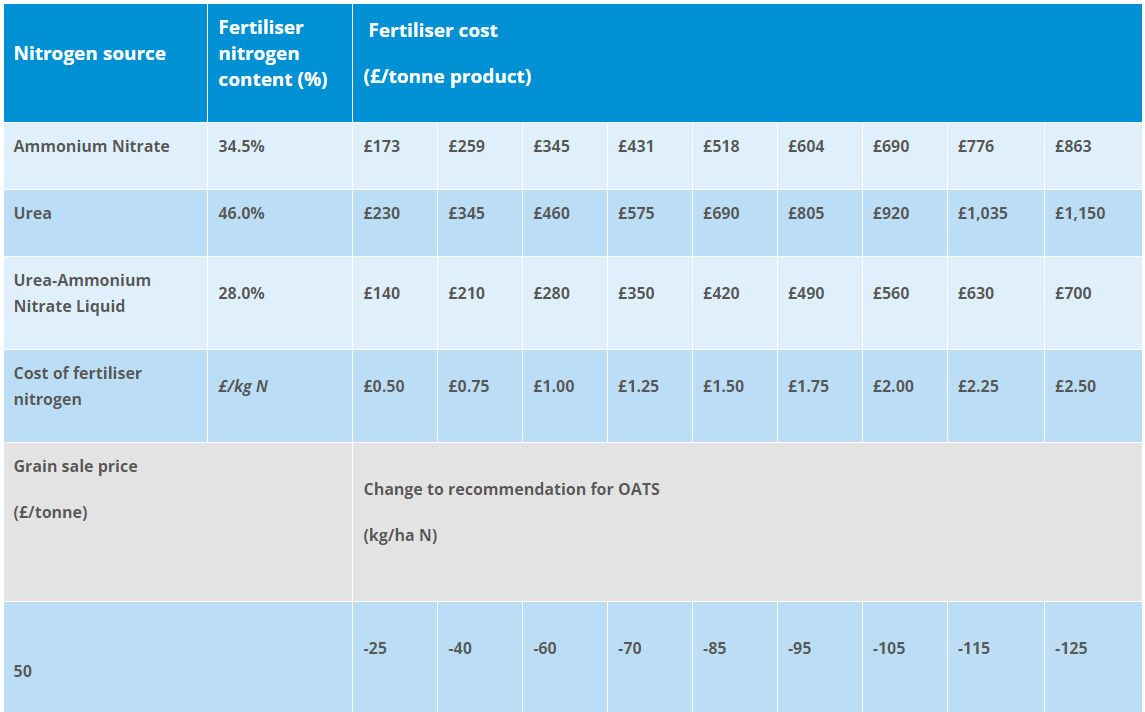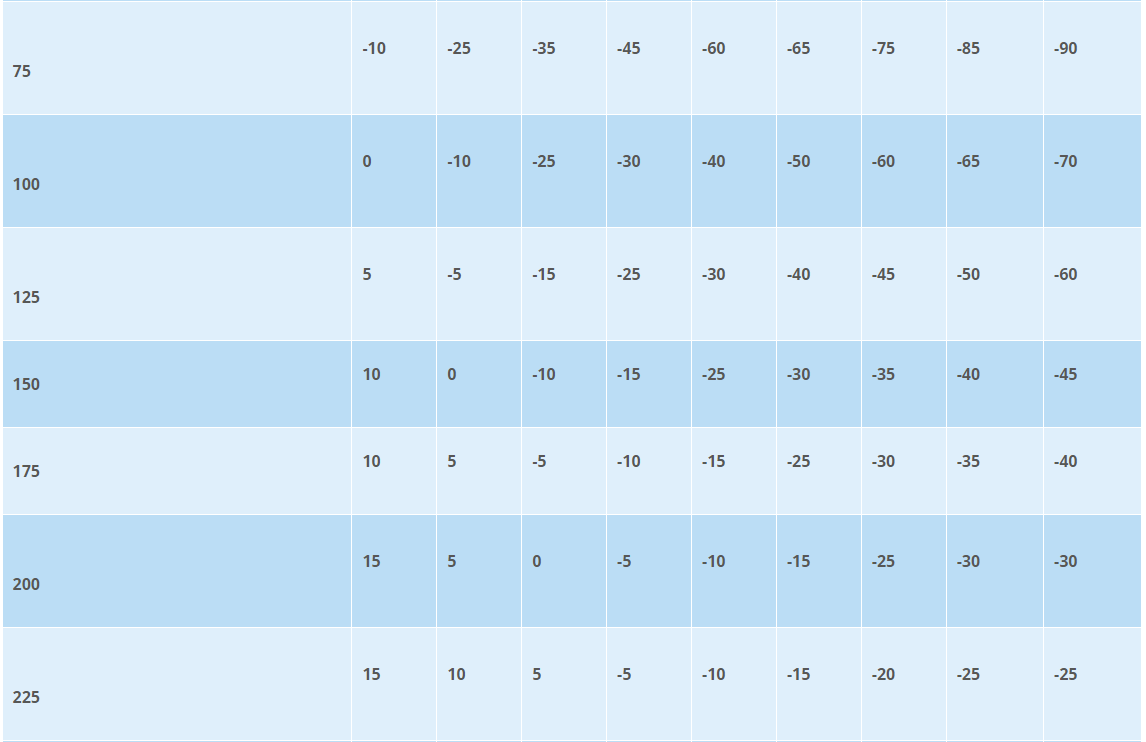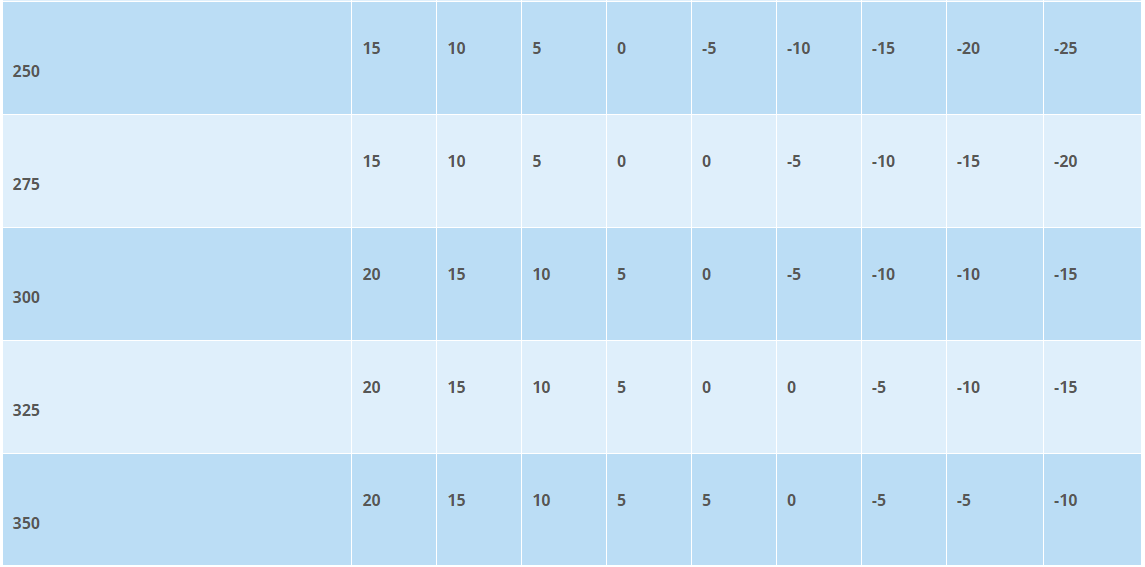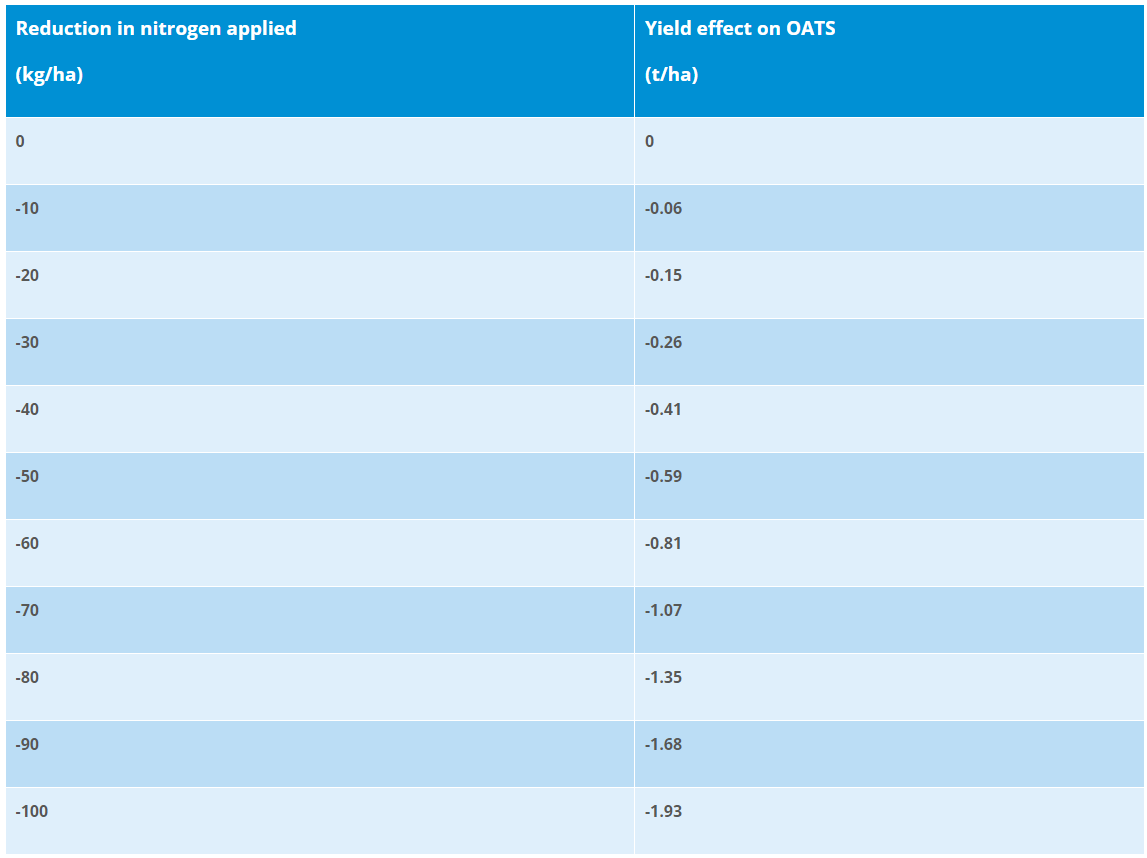
Blog: Adjusting N rates and alternative fertiliser management options
Tuesday, 8 March 2022
Fertiliser prices are still sky-high with no sign of coming down, and farmers are considering how much nitrogen to apply. As well as adjusting the nitrogen rate used, AHDB’s crop nutrient management specialist Dr Georgina Key explains that newly completed work explores alternative options in the arable and grass sectors.
Towards the end of 2021, AHDB commissioned ADAS to review the economics of applying fertiliser nitrogen (N) and explore alternative options in arable and grass systems. This work explains how nitrogen (N) response curves can be adjusted downwards based on the economic optimum, and options to consider over the longer term, should prices remain high.
Nutrient management for grassland
For grass, where cashflow is not limiting, it still makes economic sense to apply manufactured N fertilisers at RB209 recommended rates. Grazed grass is still the cheapest form of forage available to grazing livestock farmers - it is more expensive to achieve the same quality feed through other means. The price of meat and dairy products are at a five-year high, which currently offsets the fertiliser N cost.
This does however depend on the price of ammonium nitrate (AN) fertiliser remaining under £700/tonne. Beyond this, the cost benefit drops below 1. Values below 1 mean the grass feed value produced is less than the cost of applied fertiliser. Despite it still being economically practical to apply fertiliser N, the increased prices have repercussions for cashflow on farm, which means it is important to assess whether N fertiliser applications could be reduced, and to consider longer-term strategies to reduce reliance on N fertiliser.
Alternative strategies, some of which have major implications for the farm business, include:
- Purchasing low-cost forage and alternative feeds (e.g. brewers grains) where available - but weigh up the risks of buying in forage that may be of lower quality than home-grown forage
- Considering the local availability of other feedstuffs that could be fed to livestock with lower protein or energy demands (e.g. dry cows) while keeping your better-quality silage in reserve
- Reducing the whole farm stocking rate - unlikely to make financial sense at current output prices (see webpages for cattle, dairy and lamb prices)
- Prioritising the most responsive fields and silage cuts
- Using variable rate nitrogen - any activity that leads to more precise consideration of N rates should be more worthwhile at high N prices
- Use of legumes (e.g. clover) and herbs in swards
- Use of lucerne or multi-species leys
- Rotational grazing systems
Nutrient management for cereals
In November last year we released tables to guide farmers on how much to adjust N application rates by, and the associated likely reduction in yield. The first two show the effect of economic changes on N rate and has been extended to include ammonium nitrate prices up to £863/tonne for cereals and oilseeds. The third table shows the effect on grain yield of adjusting N applied from the optimum at a break-even ratio of 5:1 (5 kg grain for every kg of N). The tables can be seen in this blog. They are also available in the updated version Section 4 of the Crop Nutrient Management Guide (RB209), released on 4 March.
Given the current situation in Ukraine we are seeing a second period of inflated prices with cereals, gas and oil prices moving sharply higher in the past week. In order to keep up with the latest market information, keep an eye on our cereals homepage for prices and analysis.
The AHDB fertiliser rate adjustment calculator was created based on the first phase of ADAS’ cereals work. The second phase of the work has enabled us to refine the calculator to separate out differing economic optimums for the different crops and included information on split prioritisation. The second part of ADAS’ wider cereals review assessed the impact on other aspects of fertiliser management and includes information on:
- Which crops, fields and nitrogen splits to prioritise
- The influence of expected yield
- Management of organic materials
- Achieving milling and malting specification
- The value of precision nitrogen use
- Calculating the nitrogen price
- Management of other nutrients
- Longer-term implications
Nutrient management for oats
Additional work on oats* has just been completed by ADAS which shows that for a smaller reduction in N, there is a greater yield reduction, compared to other crops. Tables 4.1 and 4.2 from the report (reproduced below) show the more modest adjustments to N rate required for oats. Although oat yields may be slightly reduced by a reduction in N, it is unlikely to have detrimental effects on specific weight or screenings.
If you would like to read about the findings in more detail, the oats report and reports on the other cereals crops can be found here.
Revised tables for oats
Table 4.1. New recommendations for oats and current prices and trends for cereals



Table 4.2 Effect on grain yield of adjusting N applied from the optimum at a break-even price ration of 5 kg grain per kg N for oats.

Further information
*To ensure that RB209 is based on robust evidence, all research results are peer reviewed and considered by the Arable Technical Working Group (TWG), before being signed off by the RB209 steering group. As a result, these new results for oats will feature in the 2023 edition of RB209. However, in response to elevated mineral fertiliser and commodity prices, AHDB is making people aware of the differences between nitrogen planning for oats and other cereals (wheat and barley) in time for this year’s applications.







